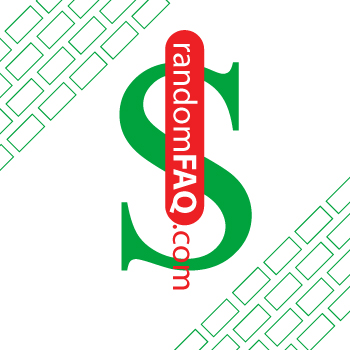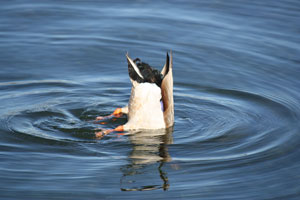Fact of the Day More Information Named after the father of the Virgin Mary, St. Joachim's Valley or Joachimsthal, is a town in Bohemia, Czech Republic. Around the year 1500, silver was discovered here and the Counts von Schlick began to get very rich. Coins were eventually minted in Joachimsthal and were called Joachimsthalers. This was shortened to "thalers" then it was tweaked by the Dutch and finally the English made it "dollars." Before they were refereed to as thalers they were officially named Guldengroschen meaning the equivalent value of a gold coin as weighed in silver. They were about the size of a US half-dollar today.
The US adopted the dollar as the offical currency in the mid-late 1700s. Oddly enough, they did not start minting them until 10 years later. This is because in the beginning of the United States, currency was all foreign and mostly referred to as dollars. They were vehemently against using the British pound or anything reminiscent of. For a while, foreign currency was all accepted as US legal tender (the Spanish peso was favored).
There are many theories out there concerning the origin and meaning behind the "$" (dollar sign). Most of it is total bullshit. But thanks to Cecil Adams of The Straight Dope and his knowledge of Florian Cajori we know that a combination of the "P" and "S" of peso with the stem of the "P" forming the line through the "S" is the proper origin [source]. Therefore one line through the "S" is correct.
I know it may sound like nothing too special, but try searching for the meaning and see all of the rumors I had to weed through.
 View All Facts View Images View Maps Blog
|

